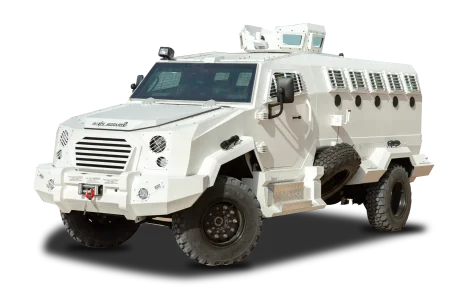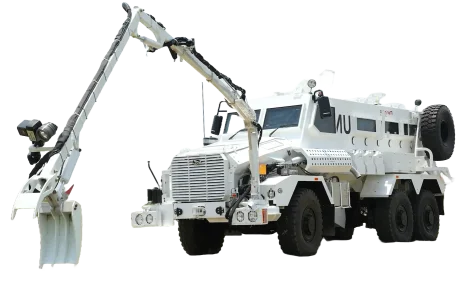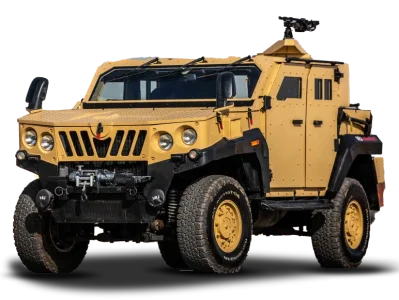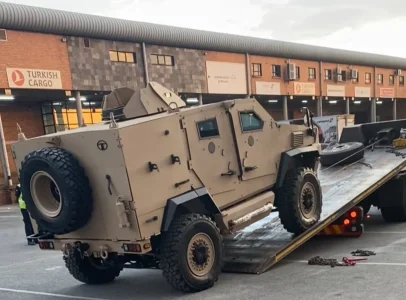I does hold poorly, but it could also be that Tar did not get as much support as "fighter jet tech" will get.
Though,The only thing I was able to find in ak203( except furniture and rails) that could be superior to trichy is that it has cold-forged barrel, was not able to find whether barrel of tar is cold hammer forged or standard one.
Also I guess reliability and production quality( ofb does not have good track record), it could be gov. Chose army's side in this seeing the track record, over drdo, or drdo did not pursue hard enough for a "rifle".
With that Said, there's another interesting take:-
Shall we continue the big reveal?
The high cost of the MRFA is largely due to HAL raising prices during production. They also demanded their own production process, which the French said would require re-certification. The IAF also raised the issue of quality assurances, and this for a product using a production process not certified by Dassault. HAL wanted to provide quality assurance, but the IAF insisted that Dassault do it.
And it is because IAF procurement is linked to GDP that the MMRCA has become expensive. No growth means no money. The combination of bad negotiations and bad economics led to the demise of the MMRCA. The MMRCA being ‘overpriced’ was just one small component. The Rafale was not ‘overpriced’ but HAL’s end product. According to the defence ministry, HAL increased the price of the Rafale to $300 million.
www.ajaishukla.com
Eurofighter says price and time parameters for Rafale cannot be met.
www.ajaishukla.com www.ajaishukla.com
Unnamed officials are setting a high benchmark, spreading the rumour that Dassault had offered $300 million per Rafale in the MMRCA tender. The Economic Times quotes government sources as saying that Dassault is giving a 25% discount, offering 36 Rafales for $200 million each, in a deal worth around $8 billion.
Two squadrons of Rafale were then purchased under pressure from the IAF. The IAF originally wanted 4, the government settled for 2, the rest was planned under TE MII . They then considered buying two squadrons every two years, like the GTG, but the IAF rejected this proposal because all these different configurations coming without sufficient advanced technology would be difficult to maintain.
It is unrealistic to have 3 different versions of the Rafale, and each time go back to Dassault using three different negotiation processes, requiring three different contracts while navigating the difficult anti-corruption bureaucratic circus that we have within the Ministry of Defence. This is also why we have put in place a new process where the IAF will negotiate directly with the Indian partner instead of going through the FOEM.
But all this has nothing to do with the future delays of the MRFA. What I have been talking about all along are the future delays, that is, from 2015 to 2025.
DRDO's upcoming products are not on par with the F5. The Swedes may be the closest to the Rafale, but all other competitors seem to be similar to what DRDO is developing for the LCA Mk2 and the MKI MLU.
There are two reasons for the delays. The first is financial. We needed a good budget to launch the MRFA, which we are getting because of economic growth. The capital budget has been growing in double digits. So we almost have it now. In 2010, Citibank predicted that India's GDP would touch $6 billion by 2020. Based on the exchange rate then, we are supposed to touch $8-10 billion today. So the UPA's economic mismanagement prevented the strengthening of the rupee that was needed to pay for imports. But one can imagine that a $6-7 billion economy could have easily paid for all the Rafales. So it is not the Rafale that has become expensive, it is the dollar that has become poor.
The second factor is technology. All OEMs, including Russia, are way ahead of the DRDO. They all have operational aircraft with the technologies that the IAF wants, while all DRDO products exist today only on paper. The only difference is that in many ways, DRDO products are half a generation ahead of the competition, which gives them time.
In 2017: “Why buy more Rafale F3R with GaAs when we are offering Uttam Mk2 with GaN?” would be an argument of the DRDO. The IAF would claim that it is not ready yet, to which the DRDO would reply that it is only in a few years, while an avionics configuration on a jet lasts for 25-30 years.
Such arguments would have saved DRDO 5-7 years while configuring the MWF and AMCA. So the IAF would have had to go back to the drawing board for the MRFA with much higher avionics specifications than before. And their new doctrine came out in 2022. And naturally, the tender would be for next-gen avionics combined with Rafale/Typhoon class air performance.
As for ORCA, even though it comes under HAL, it is still another arrow in the quiver of DRDO to attack forces. Hence the need for Rafale/Typhoon class performance that ORCA cannot match, i.e. supercruise, higher G-performance, proven credentials, etc.






 Such long plain text is super boring & about obsolete but polished/MLUed 4gen jets is also boring. And i hate blame games. Let me see when i can reply, may be tonight, may in few days, but on tech aspect in my limited IQ.
Such long plain text is super boring & about obsolete but polished/MLUed 4gen jets is also boring. And i hate blame games. Let me see when i can reply, may be tonight, may in few days, but on tech aspect in my limited IQ.




